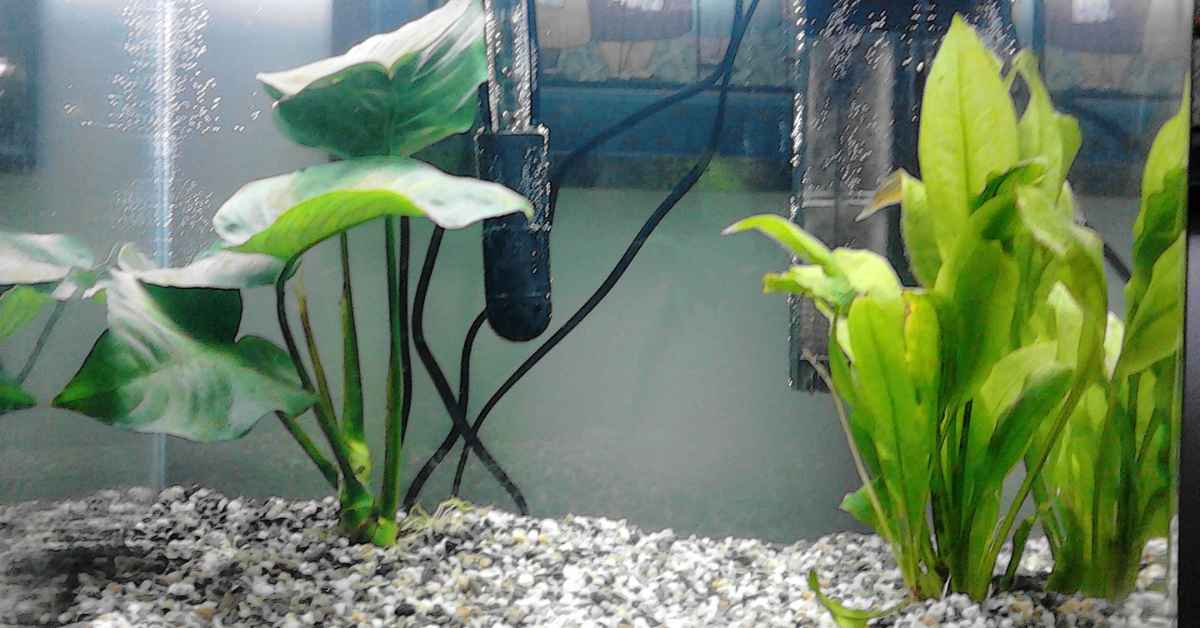Intro
Fish, like all living organisms, have specific temperature requirements for their survival. The temperature in their environment affects their metabolism, digestion, immune system, and overall well-being. Maintaining the correct temperature in a fish tank is essential for the health and happiness of the fish that inhabit it.
The purpose of this article is to discuss the importance of maintaining the correct temperature in a fish tank and why a heater is necessary to achieve that. It will also provide an overview of different types of heaters, their usage, maintenance and troubleshooting tips.
The Ideal Temperature for Fish
Different types of fish have different temperature preferences. For example, tropical fish, such as angelfish, require a water temperature of 78-82°F (25-28°C), while cold-water fish, such as goldfish, prefer a temperature range of 65-72°F (18-22°C). It is important to research the specific temperature requirements of the fish you plan to keep in your tank.
Fish are cold-blooded animals, and their body temperature is directly influenced by their environment. A temperature that is too high or too low can cause stress, decreased immunity and may lead to serious health issues. Additionally, temperature changes can also affect the fish’s behavior, such as reducing their appetite, and making them less active. Maintaining the correct temperature is crucial for the overall well-being and healthy life of the fish in the tank.
The Importance of a Heater
A heater is a crucial piece of equipment in any fish tank, as it allows you to maintain a consistent and ideal temperature for your fish. Without a heater, the temperature in the tank can fluctuate due to changes in the room temperature or other environmental factors, putting your fish at risk. A heater ensures that the temperature in the tank remains within the desired range, providing your fish with a stable and comfortable environment.
There are several types of heaters available on the market, including submersible heaters, immersible heaters, and hanging heaters. Each type has its own advantages and disadvantages, such as size, cost, and ease of use. Submersible heaters are the most popular as they are easy to install and can be placed inside the tank. Immersible heaters are also easy to install but need to be placed outside the tank. Hanging heaters are placed outside the tank, but they take up more space and can be more costly. It is important to research and choose the appropriate heater for your fish tank setup.
Tips for Using a Heater
To ensure that your heater is working correctly, it is important to properly set it up and use it. This includes selecting the correct size and type of heater for your tank, properly installing it according to the manufacturer’s instructions, and adjusting the temperature to the appropriate level for your fish. It is also important to regularly check and maintain the heater, such as cleaning it and ensuring that it is functioning properly.
To ensure that your heater lasts as long as possible and continues to function correctly, regular maintenance is necessary. This includes cleaning the heater, checking the temperature settings, and ensuring that the heater is securely attached to the tank. In case of any issues, troubleshooting the heater can help identify and fix the problem. Common issues include a broken thermostat, a malfunctioning heating element, or a broken temperature sensor. Consulting the manufacturer’s manual or a professional can help in solving these issues.
Conclusion
This article has discussed the importance of maintaining the correct temperature in a fish tank and why a heater is necessary to achieve that. It has also provided an overview of different types of heaters, their usage, maintenance, and troubleshooting tips.
It is important to remember that maintaining the correct temperature in a fish tank is crucial for the health and well-being of the fish that inhabit it. A heater is a necessary piece of equipment that helps to achieve this and ensures that the fish have a stable and comfortable environment.
It’s recommended to research and choose the appropriate heater for your fish tank setup. The size, type and cost of the heater should be considered before making a decision. Additionally, it’s important to be prepared for the maintenance and troubleshooting of the heater in case of any issues. By following these guidelines, you can ensure that your fish have a comfortable and healthy environment.



